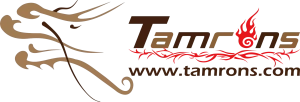What is TOPCon technology?
TOPCon technology belongs to the N-type cells. P-type and N-type solar cells are made from a silicon wafer. The silicon wafer is doped with chemicals to improve electricity production, the difference between N-type and P-type comes from the material used to dope it. P-type cells are doped with boron, while N-type cells are doped with phosphorus. The advantage of phosphorus against boron is that boron can be subjected to degradation because of oxygen, which is not the case for phosphorus. In addition, phosphorus doping adds free electrons to the wafer, which increases efficiency.
N-type cells are divided into PERT, Topcon, HJT, and IBC. TOPCon (Tunnel Oxide Passivated Contact) cells are the main representative. They have been first introduced in 2013, but have been adopted by manufacturers only since 2019.

Figure 1 – PERC cell & TOPCon cell architecture (source: rena.com)
To manufacture TOPCon cells, tunnel oxide, and polysilicon layers are added to the rear side of the cell. It helps the cell handle higher voltages, which increases power production.

Figure 2 – World market share of PERC/PERL/PERT/TOPCon technology (Source: researchgate.net)
According to studies, The global TOPCon cell market will grow from USD 7354.76 million in 2021 to USD 24837.68 million in 2027 (CAGR of 22.49%).
In terms of market share, it can be expected that the TOPCon world market share will grow from 8% in 2020 to 50% in 2031. But the China Photovoltaic Industry Association (CPIA) has stated that TOPCon technology could take the lead as early as 2024.



